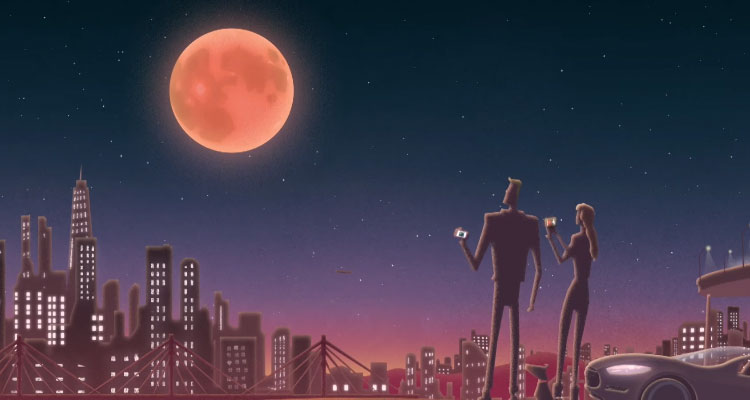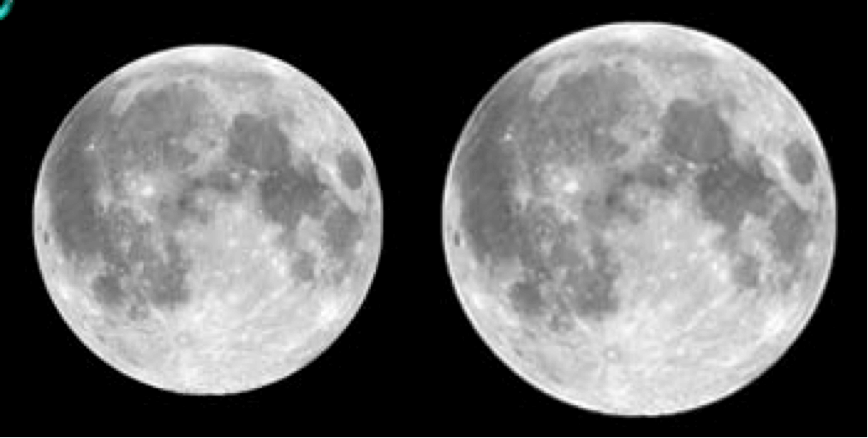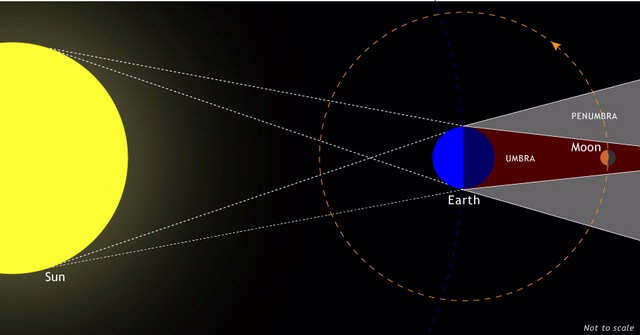Even in the fourth grade, I knew what my profession would be. All I really understood was baseball and science. (Much the same as now if you add reggae music.)
The highlight of my budding science career in those days was when I charted a partial eclipse of the sun. I was in the seventh grade when our science teacher announced the upcoming date of the eclipse. It was a Saturday so we had to see it at home. He told us that you can’t look directly into the sun because you will “burn your retina and you could go blind.” He suggested that we put a tiny hole in a piece of paper and the sunlight would go through the hole and cast an image of the sun, a spot really, on a piece of paper. And it worked! I remember sitting in the hot sun on my dad’s driveway with my pinhole viewer, every five minutes sketching the shape of the sun as the eclipse happened.
I took the paper with the sequential tracings to school and, well I forget what happened. What I do remember though was that it was a lot of fun and there is no doubt in my mind, these many years later, that I fully experienced a solar eclipse.
It has stayed with me all my life.
Experiencing natural phenomena takes a bit of effort and planning, but the beauty of the experience is that it stays with you. It will stay with even the youngest child, too. So if you are a parent you have a golden—I will say, bloody—opportunity to get your kids to see something that is really something special. During the evening of September 27, 2015 there will be a full lunar eclipse—but not just any old wonderful lunar eclipse. This will be a lunar eclipse involving a supermoon.
It’s a rare sighting that your kids shouldn’t miss. But before you take your little ones (and older kids) outside to see this event that won’t happen again for another 18 years, here are some helpful facts that they should know:
What is a supermoon?
The orbit of the moon around the earth is not a perfect circle. It is an ellipse, to put it simply, a flattened circle. The earth is at one focus on this elliptical orbit, that is, it is not right in the center but off to one side of the center. As the moon goes around the earth it is closer at some times than at others. When it’s far away it’s at apogee; when it is closest it is at perigee. It comes as no surprise that a moon at perigee is larger than one that is farthest away. In fact a full moon is about 14 percent larger at perigee, as you can see below. When a full moon, due to the alignment of the sun-earth-moon system occurs at perigee we call it a supermoon. It’s the largest the moon ever appears in the sky.
It turns out that one in about every 14 full moons is a supermoon.
What is a lunar eclipse?
The sun shines on the earth. When the sunlight hits the earth, the earth absorbs or reflects the light. Importantly, a shadow occurs in space on the opposite side from the sun. If the moon happens to pass through that shadow, we, on earth, will see either a full or partial lunar eclipse.
What is a supermoon full lunar eclipse and why is it so special?
A supermoon full lunar eclipse is a rarity. A full moon at perigee undergoing a full lunar eclipse has occurred only five times in the 20th century (1910, 1926, 1946, 1964, and 1982). The first of this century will occur on September 27th. The next one will occur on 2033. (I’ll be 86, so I will be watching.) It turns out that when a full moon at perigee undergoes a full eclipse, it often turns red—a blood moon.
How do I view this rare event?
The moon will be in the night sky during the evening of September 27th in North and South America and early in the morning of the 28th in Europe, Africa, and central Asia. In the U.S. the moon will rise around 6:35 PM and won’t set until about 4 AM in the morning. You can find the exact time of moon rise by checking the Perpetual Moon Calendar online.
You don’t need anything, though a pair of binoculars might help. You won’t go blind looking at a total eclipse of the moon. This is a rare occurrence made to order for a family. Let’s hope for clear skies—this is as easy and as outstanding as nature gets.
[embedvideo id=”vKAw_wrIr5s” website=”youtube”]
Featured Image – NASA Goddard – YouTube






































